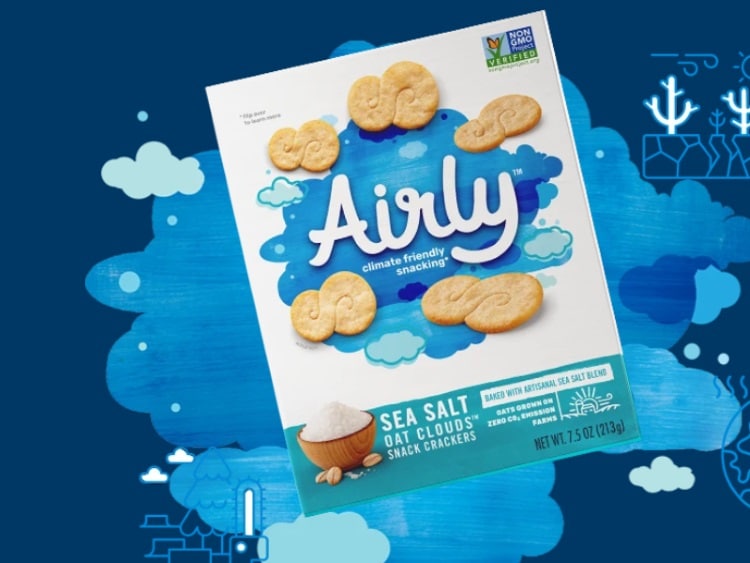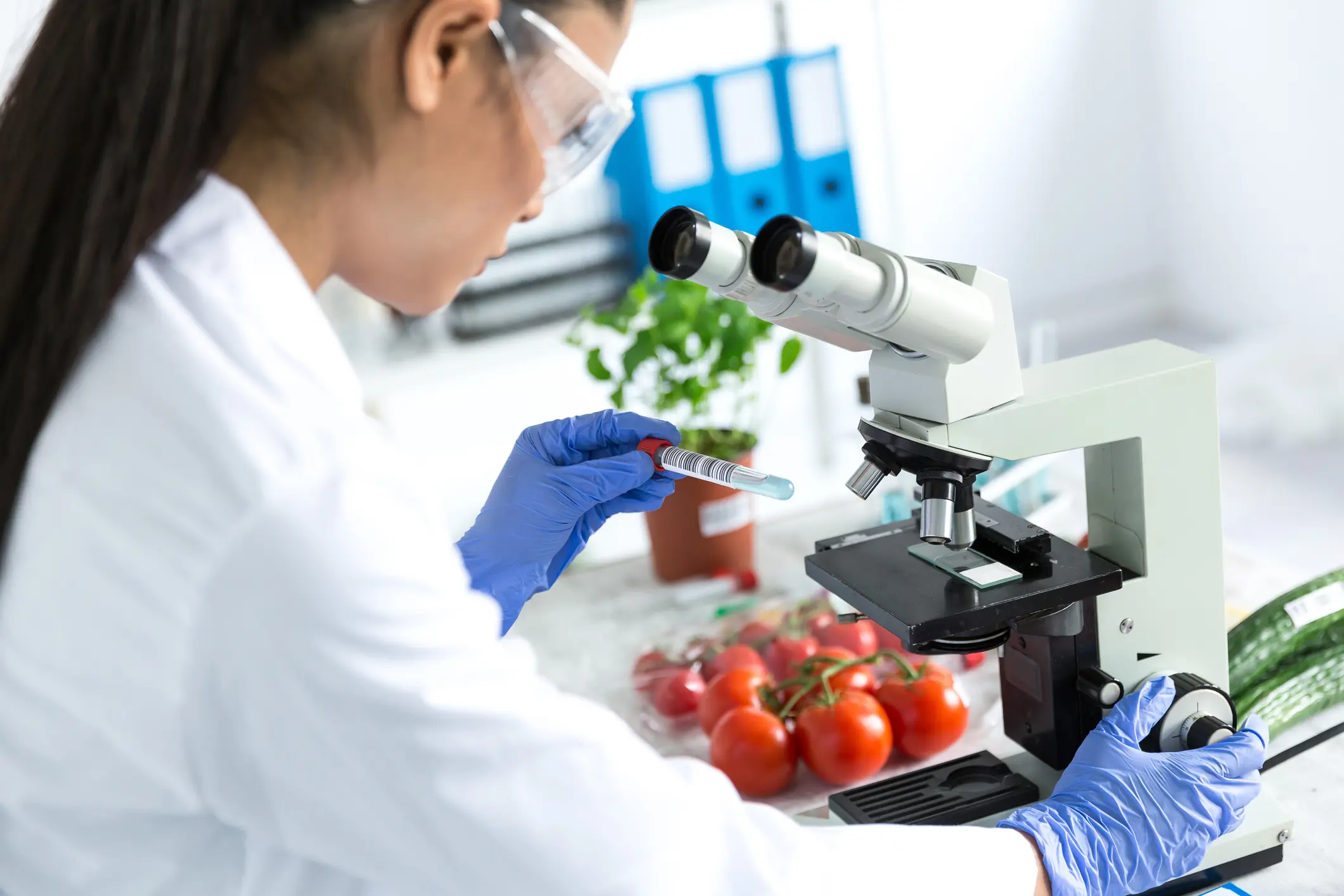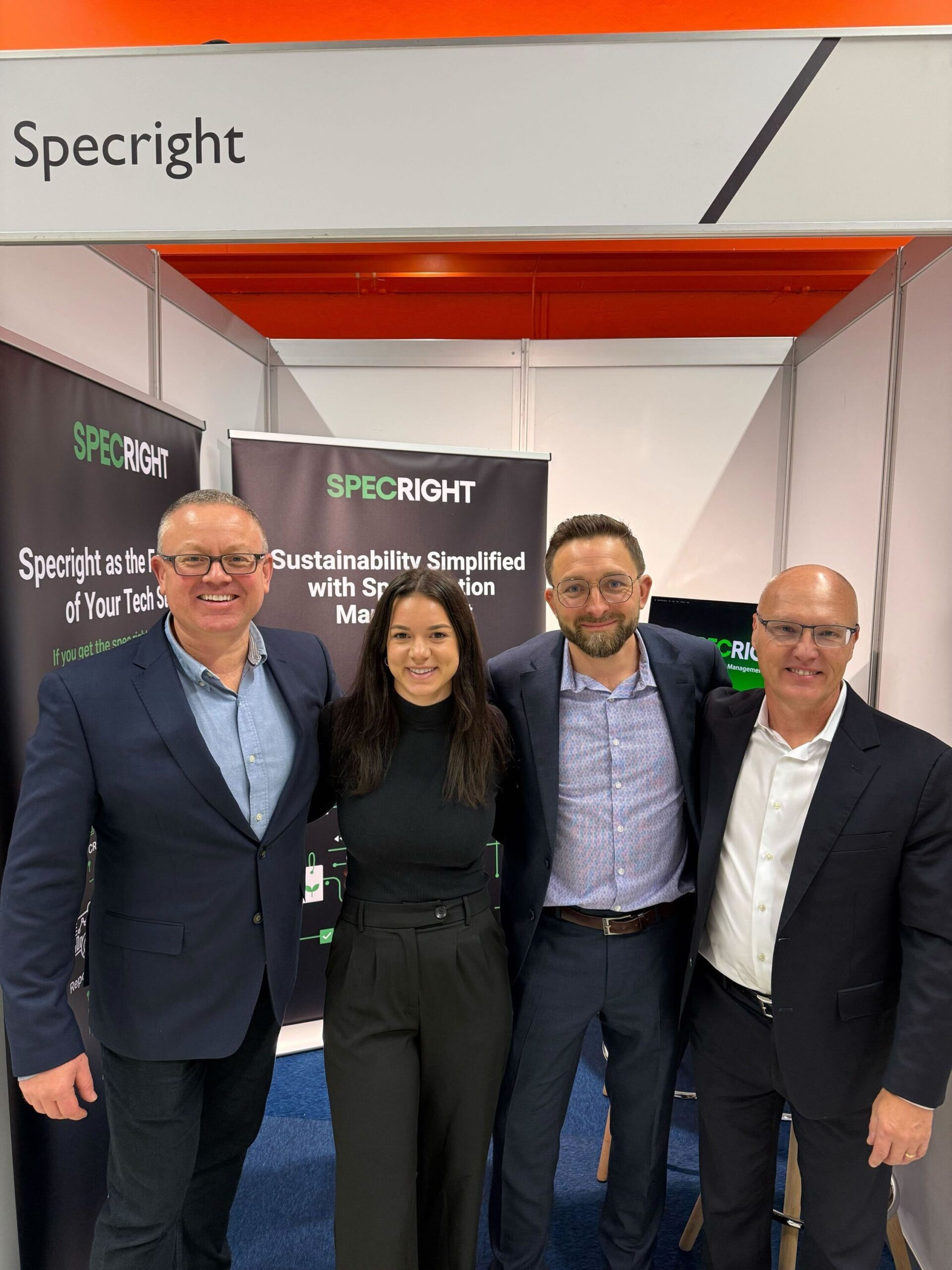When I began working with Post Holdings, Inc. in January 2020, like many of us, I didn’t know the world was about to change dramatically.
At the time, I thought it was risky enough trying to disrupt the snacking industry with breakthrough agriculture technology, then when COVID-19 hit, I thought we probably need to wait to have a chance of success. The world was shutting down, supply chain disruption was only just escalating, and honestly, many people were probably not as focused on climate change or innovation. We were all just surviving.
But in February 2020, the CEO of Post Holdings, reminded me and my co-founders that – climate change is the biggest threat to our planet. Not to diminish the pandemic, but we will get through it. Having a planet to live and thrive on isn’t something we can take for granted.
So onward we went. Myself and two other co-founders, all veterans in Consumer Packaged Goods, started Bright Future Foods, LLC with the mission to reverse climate change through food and financial backing from Post Holdings, Inc. No small mission, but one we feel very passionate about.
Achieving a Negative Carbon Footprint
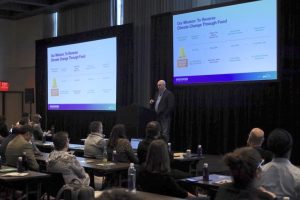
We’re leveraging technology to help us achieve our mission. One way is through farming practices – or what we call “carbon farming.” This is where we actually draw down carbon out of the air and store it in the soil. We work hand-in-hand with our farmers to ensure their tillage practices, their nitrogen applications, and all activities that happen on the farm reduce their emissions so that the plants growing can actually absorb more CO2 than is emitted.
This unique set agriculture practices and measurement allows us to achieve a negative carbon footprint for all of our grains.
We now have 10+ carbon farms in North America, a bakery in Chicago, and our green innovation R&D center in St. Louis just recently opened.
Hopefully, by now, you think what we’re doing is pretty cool, but you may also be wondering, how are we managing this type of product development and innovation? The answer – digitized, real-time data that starts at the specification-level.
Winning with a Spec-First Approach
Like most companies, we were using lots of spreadsheets, but quickly realized we needed a better way. A way to collect data, document what we were actually doing, and optimize that data to make improvements. That’s where Specright’s Specification Data Management platform came into play.
We started by digitizing our specifications, importing our bill of materials, demand plans, sales plans, and inventory information. It has become our single source of truth. I used to spend more time trying to understand or explain the complex spreadsheets I had created, and now I have everything at the click of a button.
Now, when I pull up information it’s not only easy for me to understand, but others as well. It’s helped me actually focus on running our business versus trying to figure out how to organize a spreadsheet.
Addressing Workforce Turnover through Accurate Data
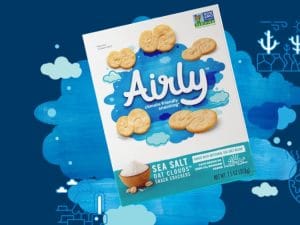
One of the biggest challenges Specright has helped us manage – is one I wasn’t aware of when we first started using the platform.
Since we’re just launching this product line, we are at a contract manufacturer once a month. So for four to five days we manufacture our products each month, but I’ve found each time there are new crew members on the production lines.
So, I’m constantly having to re-train. This makes having accurate specification data so key.
Having the information in one place, knowing it’s correct, and the most up to date has been a lifesaver. We feel so confident about our data and our carbon footprint, we print it on our products.
So if you pick up a box of Airly cheddar crackers, you’ll see each box actually removed 21 grams of carbon dioxide from the air. It’s small, but small changes add up. Imagine if everyone did this. Just like the nutritional facts, you’d see the carbon footprint of products.
We believe Airly is a lighthouse brand that will show carbon negative foods are possible and will extend this concept to the rest of the food supply chain.
Delivering Sustainability through Collaboration
For us, it’s not just about collecting the data, it’s about making strategic decisions with that data. We can now make decisions on what ingredients we use, who we partner with on transportation, and more. When you can do this, you can really set yourself apart from competitors. No one can deliver sustainability alone, you have to work together and utilize tools that can help you reach our goals. I’m excited about what the future holds for us and our planet.
Learn more about Bright Future Foods.
Explore More Blogs
Get Started
With Specright’s Solution Suite, you can digitize, centralize, and link your specification data to drive efficiencies, intelligence, traceability, and collaboration within your organization and across your supply chain network.

